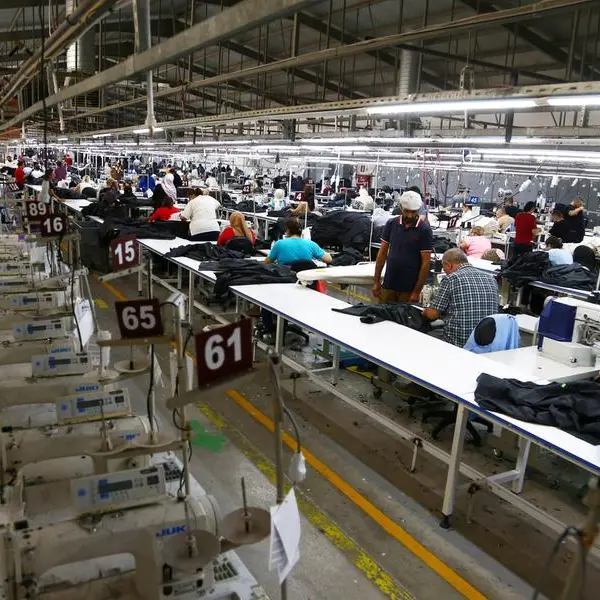PHOTO
Ireland's domestic economy returned to growth in the first three months of the year with a strong expansion in the construction and agriculture sectors puling the country out of a shallow recession, data showed on Friday.
With Ireland's large multinational sector often distorting gross domestic product, officials prefer to use modified domestic demand to gauge the strength of the economy and it grew 2.7% in the first three months compared to the previous quarter after two quarters of contraction.
The construction sector grew 12% in the quarter while agriculture, forestry and fishing expanded by 15.9%, the Central Statistics Office data showed. Personal spending on goods and services posted quarterly growth of 1.7% in the period.
In a sign of the strength of the economy, Ireland's unemployment rate hit an all-time low of 3.8% in May, dipping below the previous low of 2001 in the early days of the country's so-called Celtic Tiger boom.
Modified domestic demand, which strips out some of the ways multinational activity can inflate economic activity, grew 8.2% in 2022 as a whole, faster than GDP growth in any euro zone economy.
The finance ministry in its last forecasts in April said annual modified domestic demand growth was set to slow to 2.1% in 2023.
GDP shrank 4.6% in the first three months of the year, compared to a decline of 0.1% in the last quarter of 2022 as the CSO's measures of Globalised Industry contracted 18.2%. GDP was 5.5% higher than in the first quarter of 2022.
The government has forecast GDP growth is likely to slow to 5.6% in 2023 from 12% in 2022. (Writing by Conor Humphries; Editing by Andrew Cawthorne and Alison Williams)





















